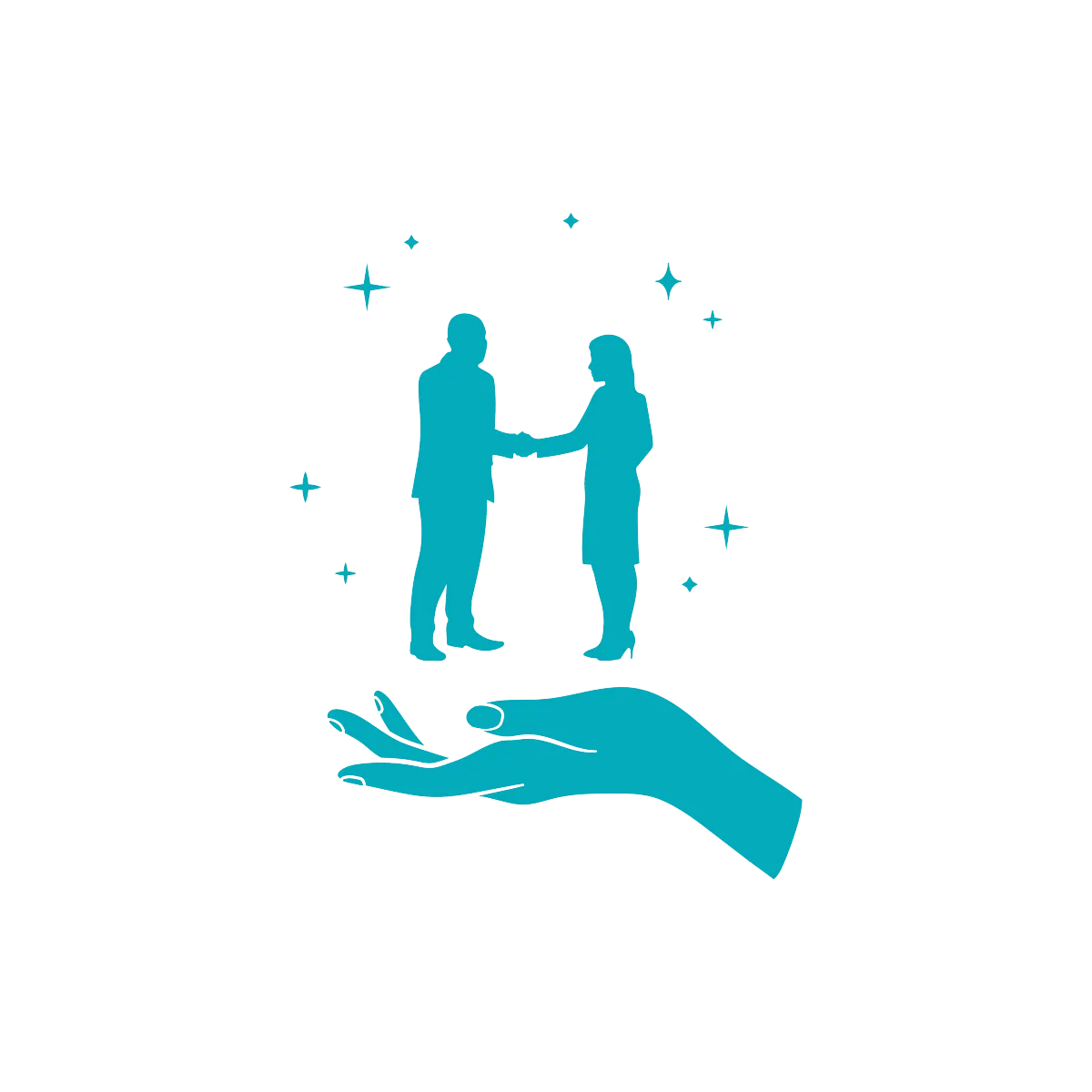Oops! It looks like we have egg on our face :(
All is not lost though....
Enter your best email below to download a surprise gift from us, to make good on your inconvenience
Yes, please add me to your email list so I won't miss out on latest updates, strategies for empowered growth and occasional offers.
Or, if you prefer email us directly and tell us what you need
support@enlightenusolutions.com
Unleash Your Brilliance.
| Carrie Wallis Delivers Enlightened Solutions for You To Get Your Message Heard ~ Confidently Attract Excited Clients |
Become an Enlightened Affiliate - Join our Affiliate Program to Earn Commissions, click here<<

